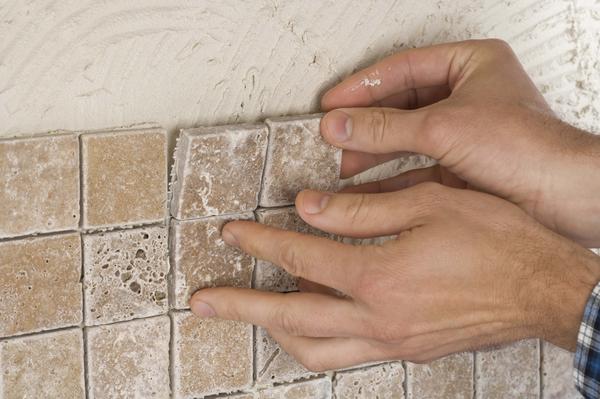Avoiding breakage in any tile project be it transporting tiles or installing tiles one should allow for some type of breakage in your next tile adventure. As the rule of the thumb goes, one should always buy 10% more tiles then the project is estimated for. This overage allows for breakage and also allows for cracking and chipping tiles that may occur over time or while installing.
Cutting of tiles is probably one of the number one reasons why tiles have so much breakage. Cutting in different manners, tricky spots or use of the wrong types of tools can cause many issues in tiles. At times using the incorrect tool or trying to use a short cut to properly cut the tile is an issue with cutting corners. Cutting with a set of tile nippers is an easy way to break a tile or improperly cutting a piece of it away. Trying to make a tile fit is a tricky situation and one that should be looked into or at least making sure one has the proper tools. To get proper information on cutting tiles, be it looking in for a tile outlet or any other national outlet, one will be much happier with losing time and losing to many tiles in trial and error.
Ceramic tiles are some of the easiest to cut. Scoring a tile to weaken it is an easy way to break a tile without the use of a saw or machine. Porcelain tiles are normally a much tougher tile to cut by hand. Scoring a porcelain tile is much harder to do. Fact is that the glaze is harder due in part because porcelain tiles are baked at a much higher temperature. In using this same factor of hardness, breaking a ceramic tile can be much easier than a hardened porcelain tile. If something should drop off of a counter onto a tile floor surface it is most likely to crack a ceramic tile much easier than porcelain.
When cutting a tile to install it, one should use the proper tools. Having a wet saw to give accurate cutting can and will save many problems that can occur in installation. Even the use of a manual tile cutter is a way to try to get a good even line so to get a good match. Even in perfect situations there can always be the risk of chipping to the cut edges of a tile. In most cases no matter how long one has been installing tiles it is without a doubt there will be damaged tiles in cutting, shipping or during the installation process. When preparing for this type of situation one should acquire some form of professional information, be it looking in for a Denver Tile outlet or any other national chain outlet near you.
When installing a tile, whether it be from the start with preparation or when you are physically putting the tile down to mortar, one can break a tile. Prepping is an important factor in making sure tiles are put down level and stay level. When putting down tiles, if the wrong amount of mortar is used then this can cause issues maybe not at the time, but later it can and most likely will. When lipping occurs, or pulled up corners, this too can be a factor for why a tile will chip, break or crack.
Climate is another problem with breaking of tiles. Temperature fluctuation and moisture can be two big issues with patio tiles and also with bathroom tiles just the same. This factor is a problem for many do-it-yourself tilers and can be a problem if not getting some kind of professional help. If it be looking in for a Denver Tile outlet or any other tile outlet nationwide, one should get a bit of help in the matter of all the issues noted here. With some form of help or problem solving, one can easily be put on the right path to a perfect tile project and a professional outcome in the end.
Paul Flood has made far too many mistakes in the past when tiling.

